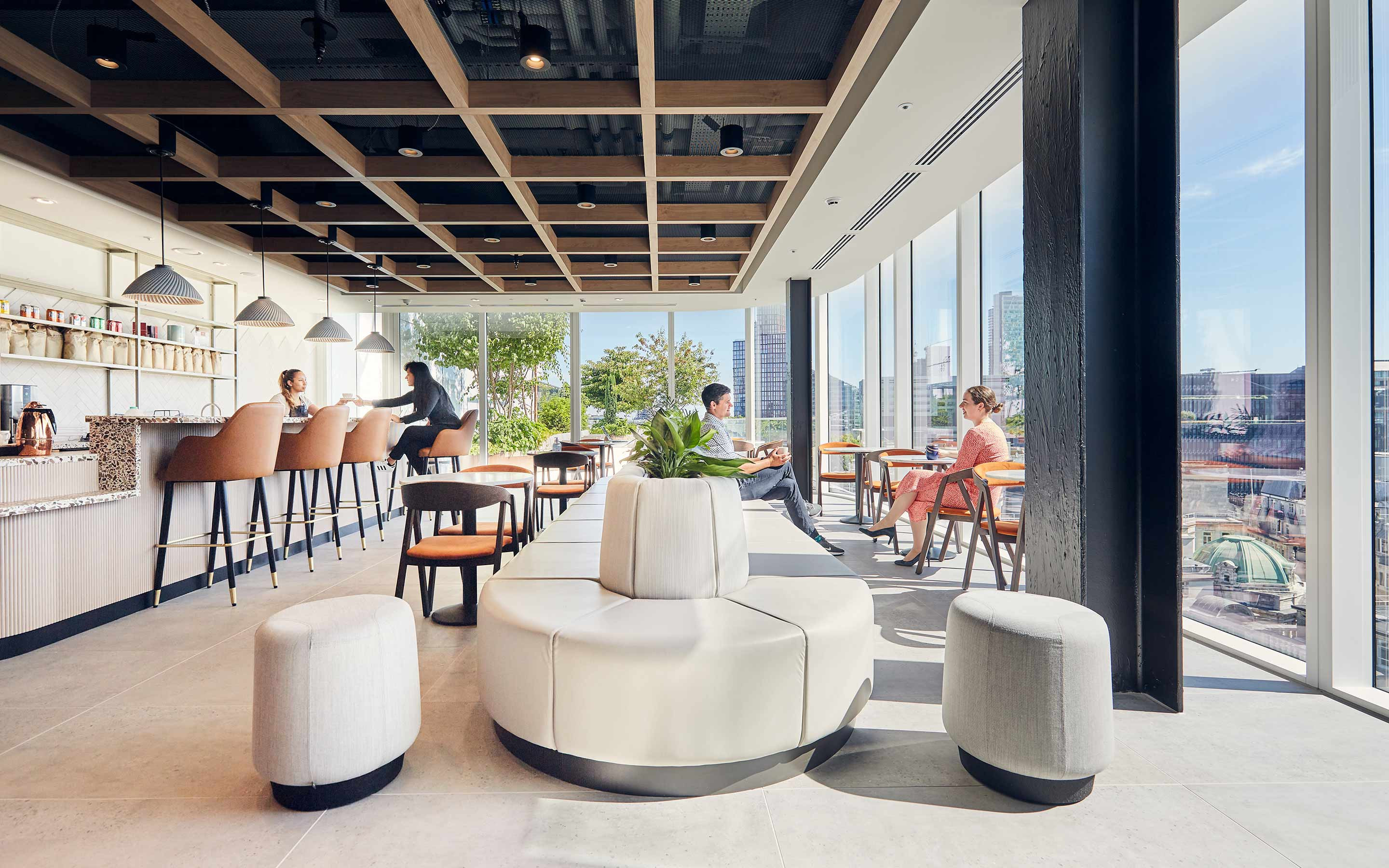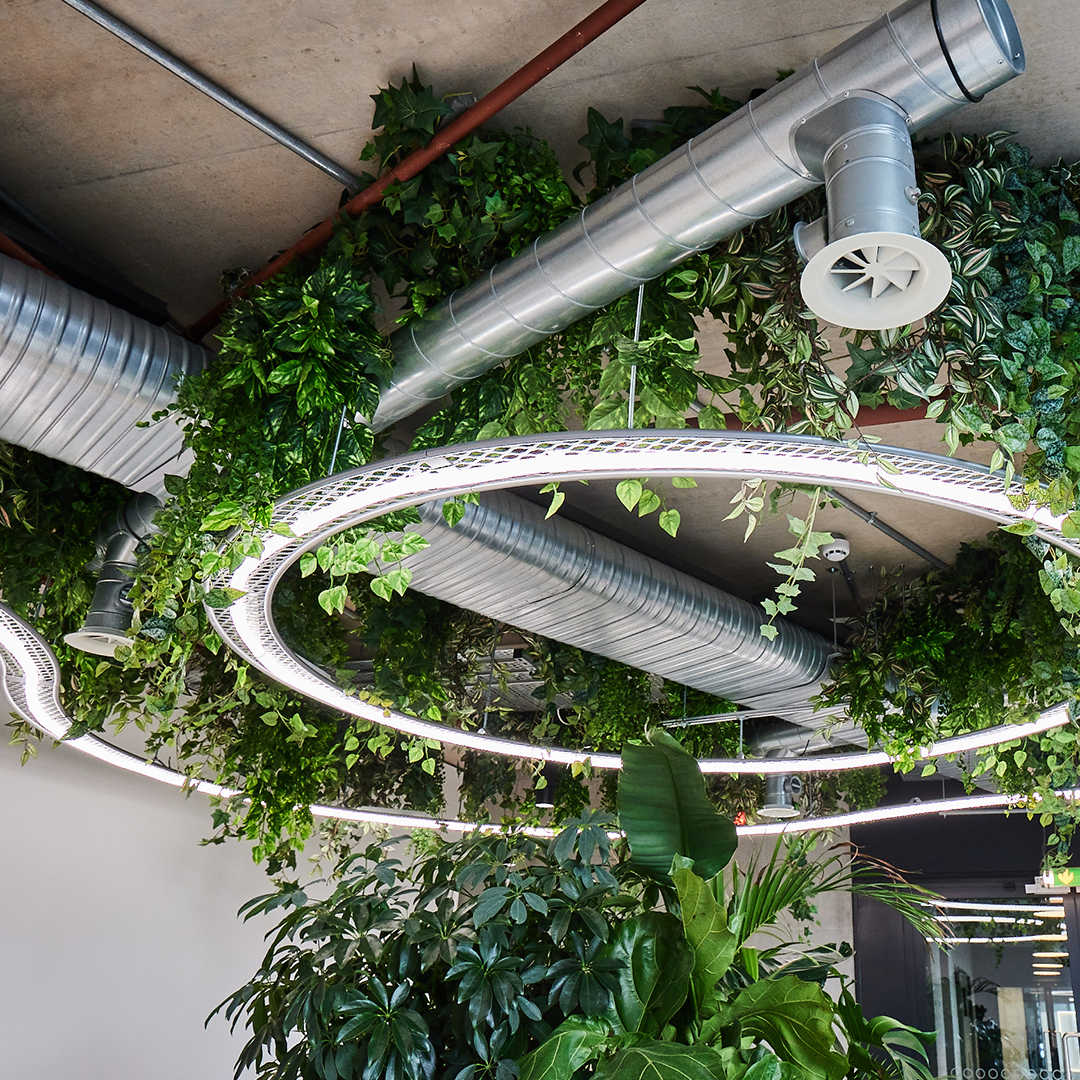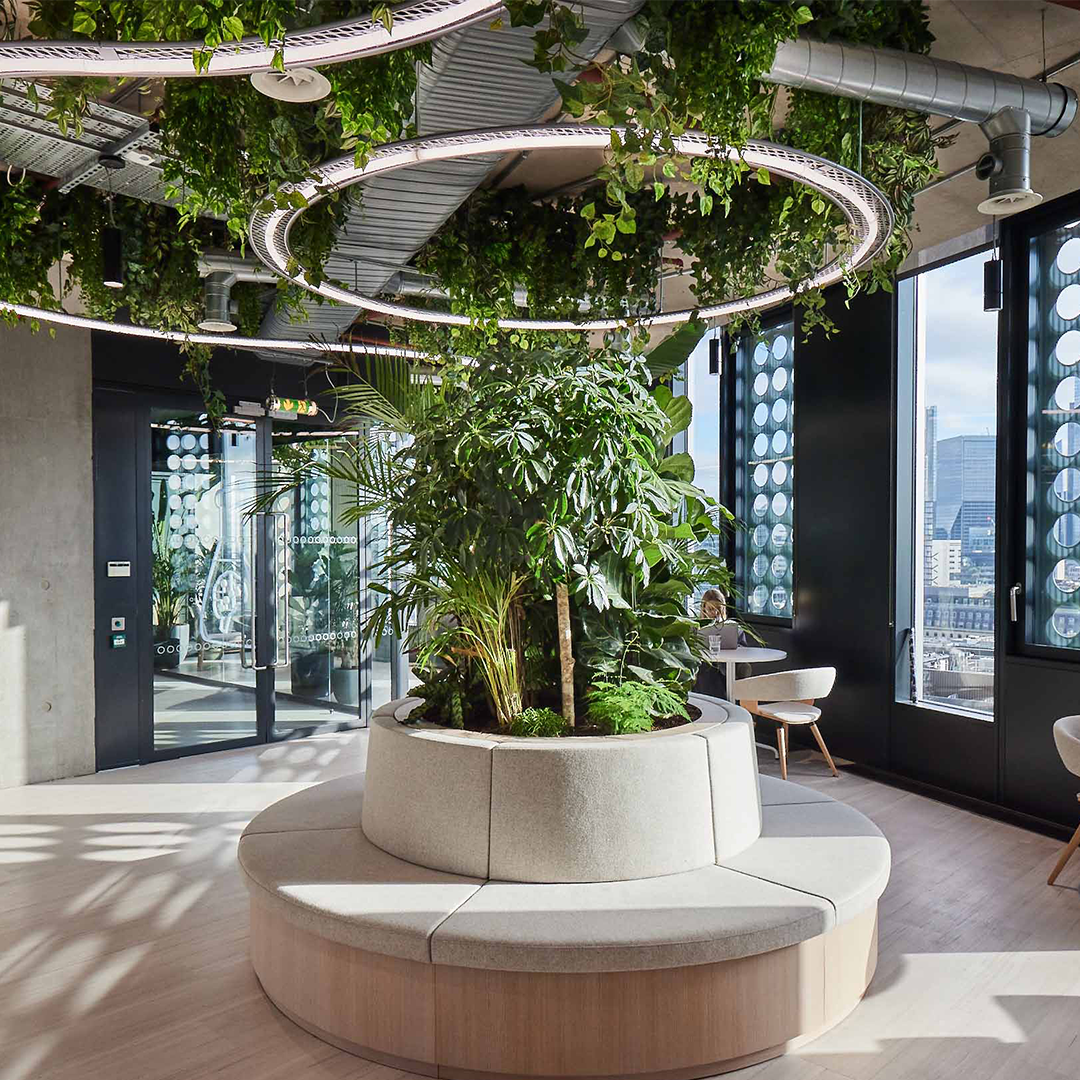Giving health the attention it deserves in the workplace
With a decline in health set to cost the UK £66 billion and an increase in retirement age, putting health at the centre of office design is key to supporting current and future workforce demographics.


Businesses across the UK are feeling the strain of an increase in employee sickness. Data from the Office for National Statistics revealed that the number of people unable to work due to long-term sickness is at a ten-year high – a total of 2.8 million as of February 2024. This decline in health is set to cost the UK £66 billion pounds a year by 2030 and will have real impact on businesses already locked in a battle for talent. Add to this an aging population, and an increase in the retirement age, and putting health at the centre of office design is key to supporting this workforce demographic.
The workplace design and build sector can drive physical and cultural changes to make our workplaces healthier. The good news is these changes don’t always mean a complete redesign or a huge investment, especially when undertaken in parallel with robust communication strategies that positively nudge behaviour.
Indoor environments
From a design and build perspective, a focus on health can influence every facet of a workplace transformation. Fixtures and more ‘typical’ office furniture – like ergonomic desks, chairs, and sofas that can support the physical health of end-users – may be considered as the first priority for the health-conscious workplace. However, there are other considerations that are essential to enhancing the health of employees.
Although costly, installing a powerful mechanical and electrical system that increases airflow is one change that will have a huge impact on employee health. After all, we spend an astonishing 80 to 90% of our time indoors. Poor indoor working environments and air quality can cause employees to feel symptoms of sickness, including nausea, headaches, eye strain, and dry skin. Given this, employers and workplace designers have an opportunity to be leaders of best practice here by making air quality a priority.
How can workplace design encourage rest, and help us to be healthier?
To get ahead of the wellness curve and fully commit to employees’ health and wellbeing, employers need to be continually seeking feedback, challenging the everyday, learning, and evolving.
It's crucial that a focus on health supports a positive working culture. For instance, creating designated areas where employees step away from their desks to come together to enjoy lunch sends a clear message that breaks are not just encouraged, but are protected. Workplace design supports those values – subliminally broadcasting that the work environment is as much somewhere for downtime and rest as it is for intense focus, and dealing with the pressures that often accompany personal and professional growth.
Provide places for rest in the workplace which are surrounded by quieter, low-traffic areas and tasks. Making these areas abundant in features for comfort, with soft seating and rich textures, as well as adjustable lights and sound systems, helps employees relax. Our project with Napier Park at 5 Hanover Square included a beautiful library space, complete with sofa seating, thick carpets, and an indoor fireplace to create a focal point for people to come together. It’s the perfect example of hospitality-inspired interior design, and showcases how office design can elicit positive feelings of comfort and wellness for employees.

Get creative
Industrial minimalism meets a green oasis at Brainlabs’ London workplace, where the exposed mechanical and electrical services are shrouded in cascading biophilia. This lush haven on the twelfth floor of Old Street’s White Collar Factory is the media agency’s UK headquarters – an entirely unique space that literally takes concepts of “office plants” to new heights as they fall from the ceiling in plenty.
Biophilia has manifold health benefits for employees – and Brainlabs’ office interior design proves you can do so much more than a token windowsill succulent (though don’t get us wrong, there’s nothing wrong with this). Get creative with your own workplace transformations, and invite your employees to contribute ideas – living and breathing their preferences is yet another way to reinforce a positive workplace culture.
The bottom line here is that it’s on employers to ensure that people are making the most of these ‘healthy’ office features, and fully appreciate how they can feel the full benefit of each. To guarantee this, and to ensure that health features are fully maximised, a robust communications plan that can outline the rationale behind each feature’s introduction, and how each will benefit end-users, is key. It is only once this is in place that employers can expect teams to remain engaged in the healthy office space, and will make full use of such initiatives.


Evolving with the times means evolving with people
The situation for every business will be different and will change over time. Future generations are likely to work longer into their lives, which will bring a whole host of new health perspectives into the workplace. This could mean catering for decreased mobility, providing more substantial health insurance, and accommodating more employees with caring responsibilities.
Additionally, by 2030, 75% of the workforce will be millennials. Are we future proofing health and wellbeing strategies for the emerging generations? The only way to know for sure is to keep asking, and answering, to the workforce of today – and pivoting where necessary.

Start your workplace transformation today.
Your workplace holds enormous potential to improve your business performance. Get in touch today, and we will unlock that potential together.

